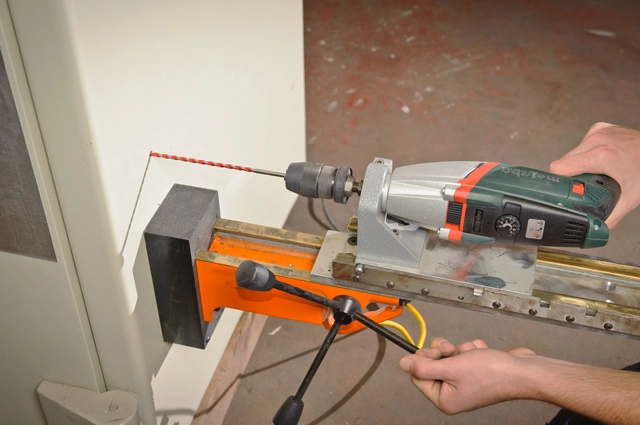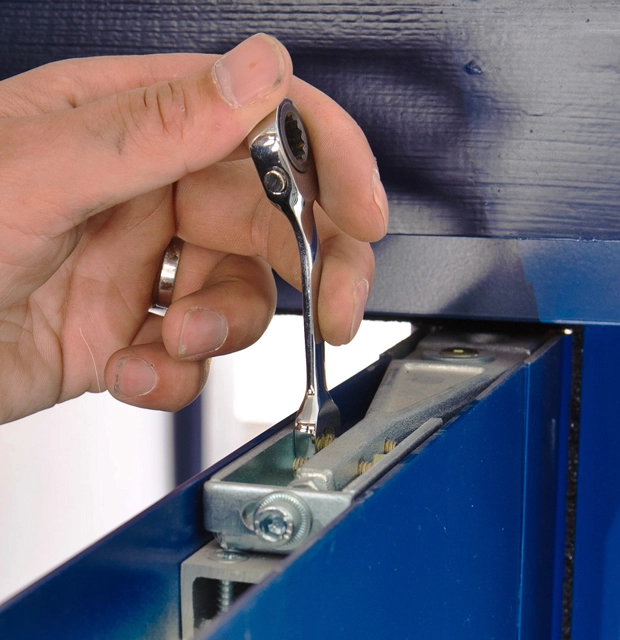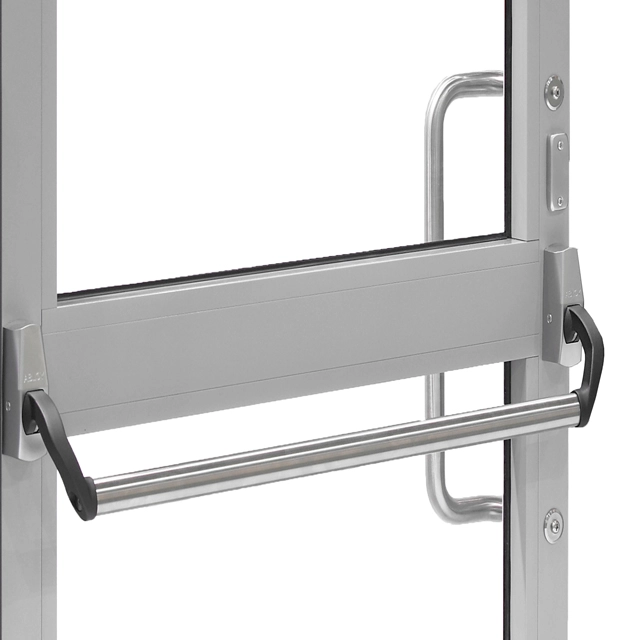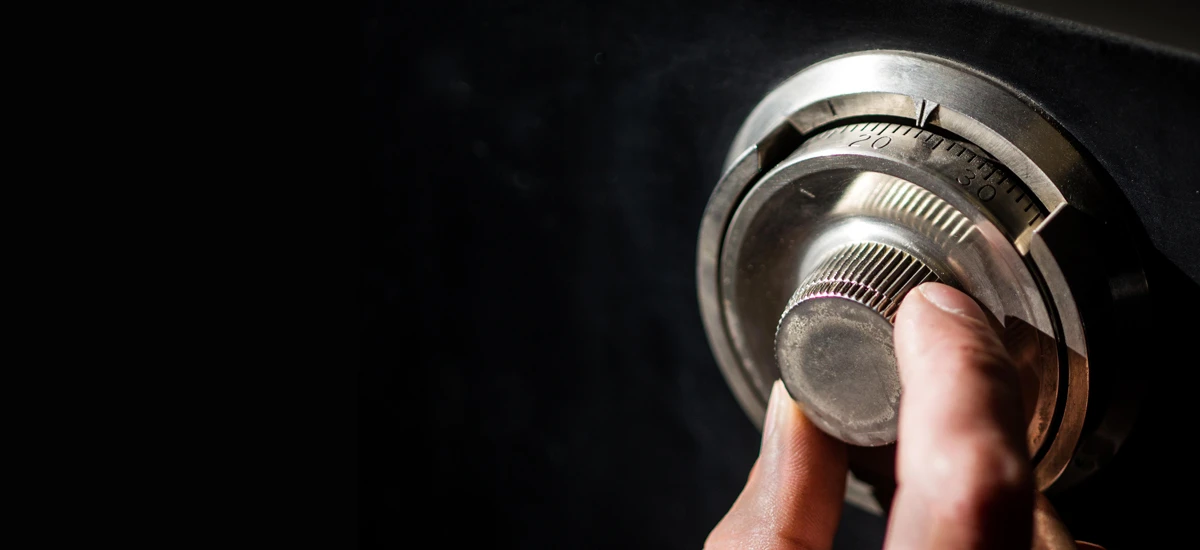There are significant technological innovations now affecting all aspects of locking systems, protection devices, safes, access control, and internal and external security. This is across the board – any building, any use, including domestic, retail, businesses, health, social care, transport, energy generation, factories and hotels. The developments are partially driven by the availability of applications such as RFID, smart phones and watches, microelectronics, 3D printing, and partly by the increasing need to do something about break-ins, burglaries, and general human failings such as lost or stolen keys, and illicit copies of keys in circulation. [It should be noted that 3D printing in effect allows anyone to clone or produce anything – guns included. The jury is as yet out on what to do about this.]


Security therefore is not a simple and basic maintenance matter. Security is about [1] managing different types of risk [2] knowing the options applicable to any given situation [3] knowing which product criteria should be applied [4] balancing the technological and the engineering applications, and [5] application, installation, and maintenance/ upgrades. Managing different types of risk includes such things as reducing or even stopping bacterial spread, and inhibiting fire. There are simple and effective ways of doing this [see the special products section]. Equally there are simple and effective ways of dealing with things like leaving fire doors open. It happens. But there are ways of securing fire doors at the right moments and still ensuring they do their job. There are also, critically, regulations which must be followed*.
The one thing we can’t do anything about is human gullibility and the love affair with technology. Remote access of any type – including contactless payment and access – increases the risk of theft and intervention. Many of these systems can be cloned, many can be accessed by those with the equipment to do so. But as the high tech thief becomes more and more nerdy, so do we. Outwitting the thief is one of the great pleasures of our work.
*Construction Products Regulation 1st july 2013 - CPR
This is the Act which legislates for the quality of door hardware. It means that products fitted on fire and emergency escape doors must be to the correct standard, and should also have a DoP = Declaration of Performance certificate.
To clarify, the DoP sets out the key facts about a particular product so that users can ensure that it fits exactly the intended use, obviously fundamental in matters of security and safety. Where this applies, the DoP will include validation of any CE marking. CE markings are about safety in use, which means of course that noncompliance can affect insurance, and will affect life safety performance.
We should also flag up The Regulatory Reform Order, which came into force in October 2005. This Order replaces most fire safety legislation with one simple order. It means that any person who has some level of control in premises must take reasonable steps to reduce the risk from fire and make sure people can safely escape if there is a fire or other emergency. This is different from previous legislation in that it applies not only to those who work in the building but also to anyone who might come into the premises. This therefore affects emergency escape doors and fire doors in particular. We regularly run seminars on these types of regulations.

Example of panic bar – this model is designed to operate with mechanical, electromechanical and motor locks.
This range of panic bars is fully compliant to EN1125 for use on Panic Exit Doors ensuring escape at all times.
24/7
- Work 24/7, always on call
- UK-wide
- Have clients in multiple sectors including Retail, Finance, Education, Public Sector, Transport, Property, Government, Health and Community
PRODUCT QUALITY
ABR only use the highest quality products and provide a 12 month ON SITE repair or replacement warranty on both parts and labour.
DBS, SAFETY & SECURITY
All ABR staff and management have undergone full disclosure under The Disclosure and Barring Service [DBS] – this has replaced the Criminal Records Bureau [CRB] and Independent Safeguarding Authority [ISA] – documented evidence on request
Client confidence is our highest priority. We never disclose details of our clients or their security arrangements. Confidentiality is paramount.
We take the safety of our team, our clients and their premises very seriously. The ABR team includes our own qualified specialist to provide our team and our clients with full health and safety documentation.
